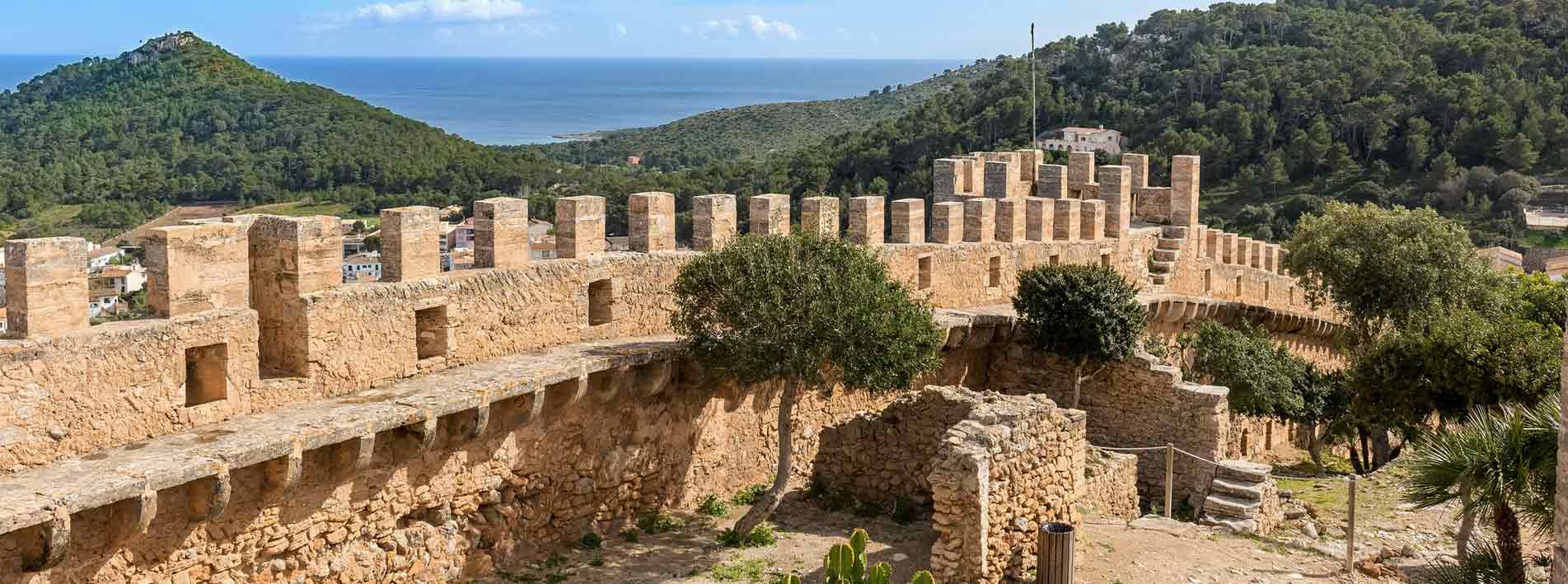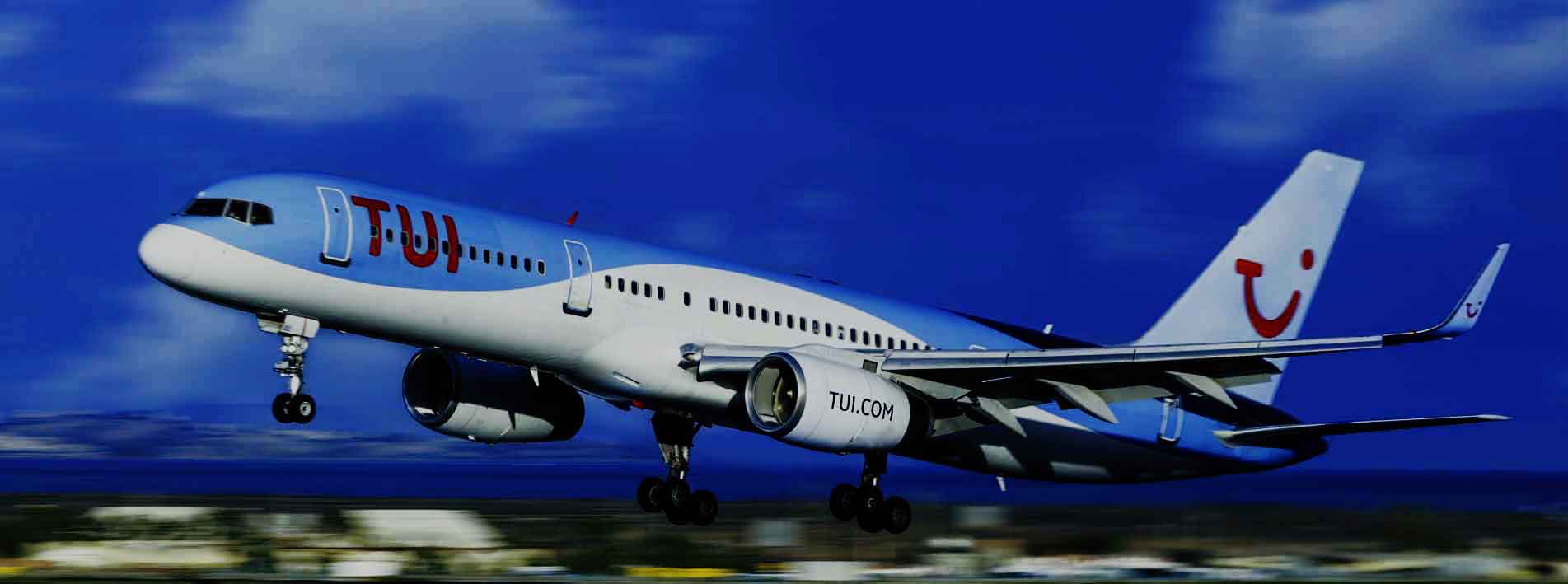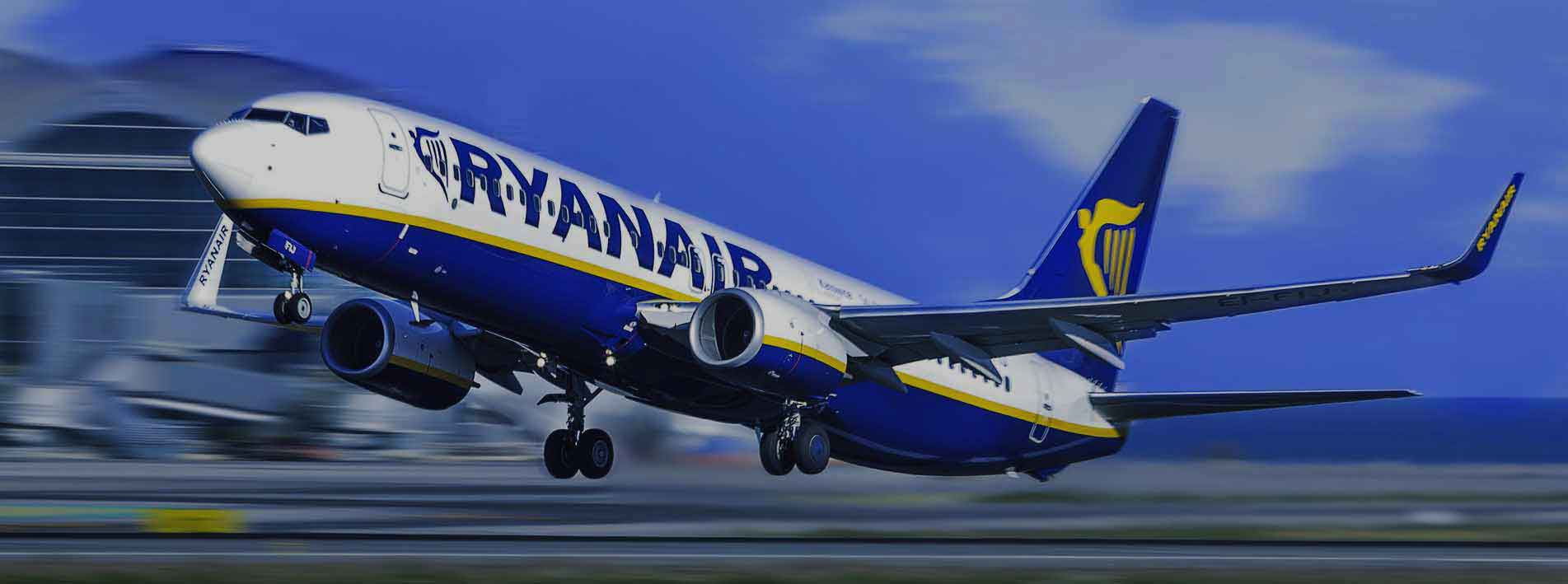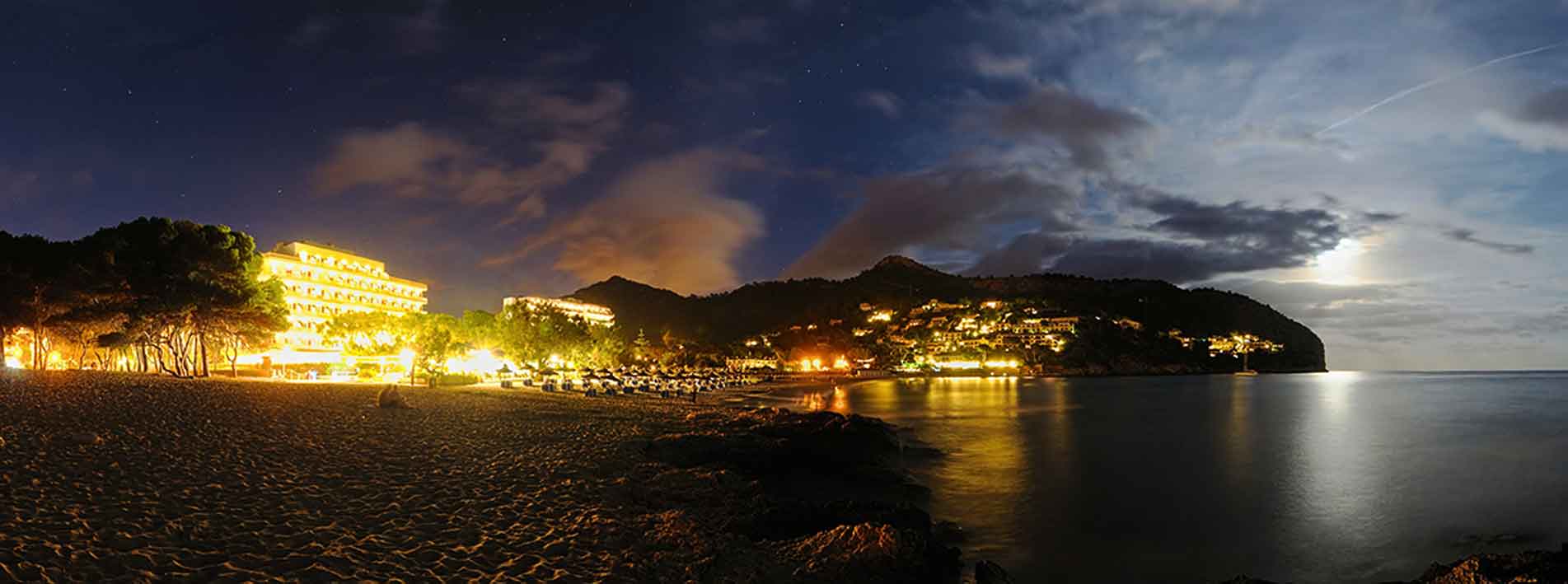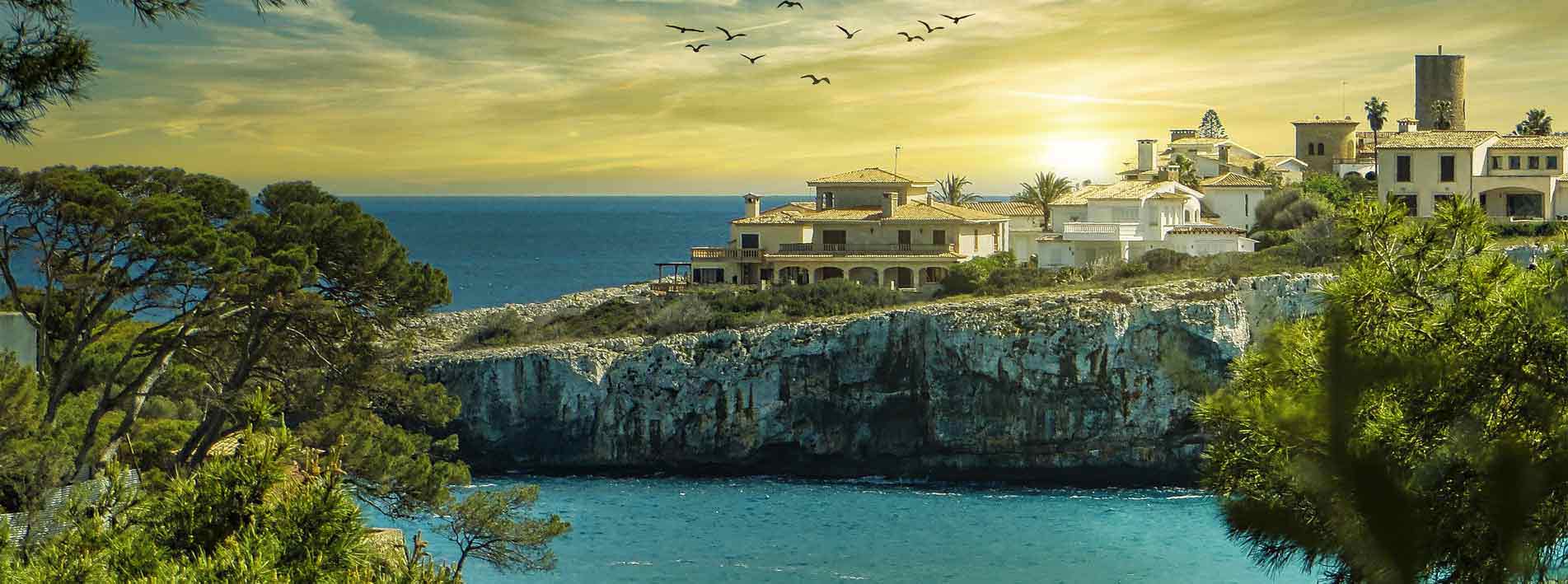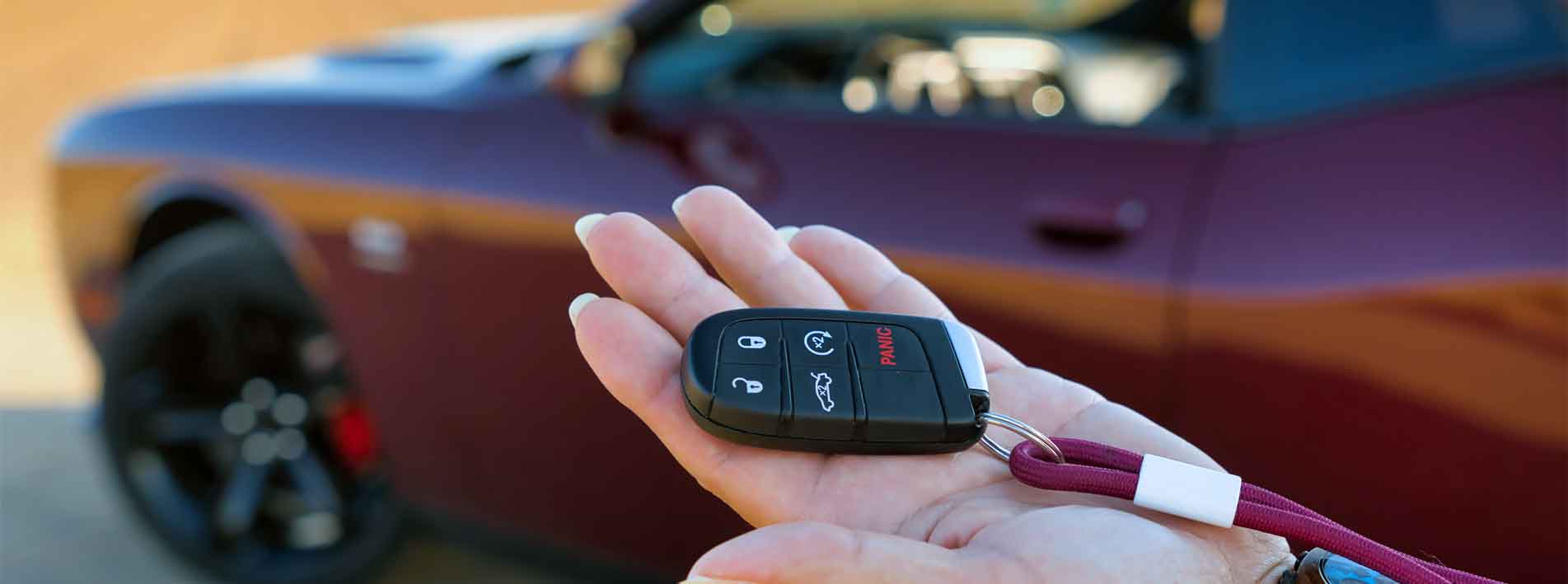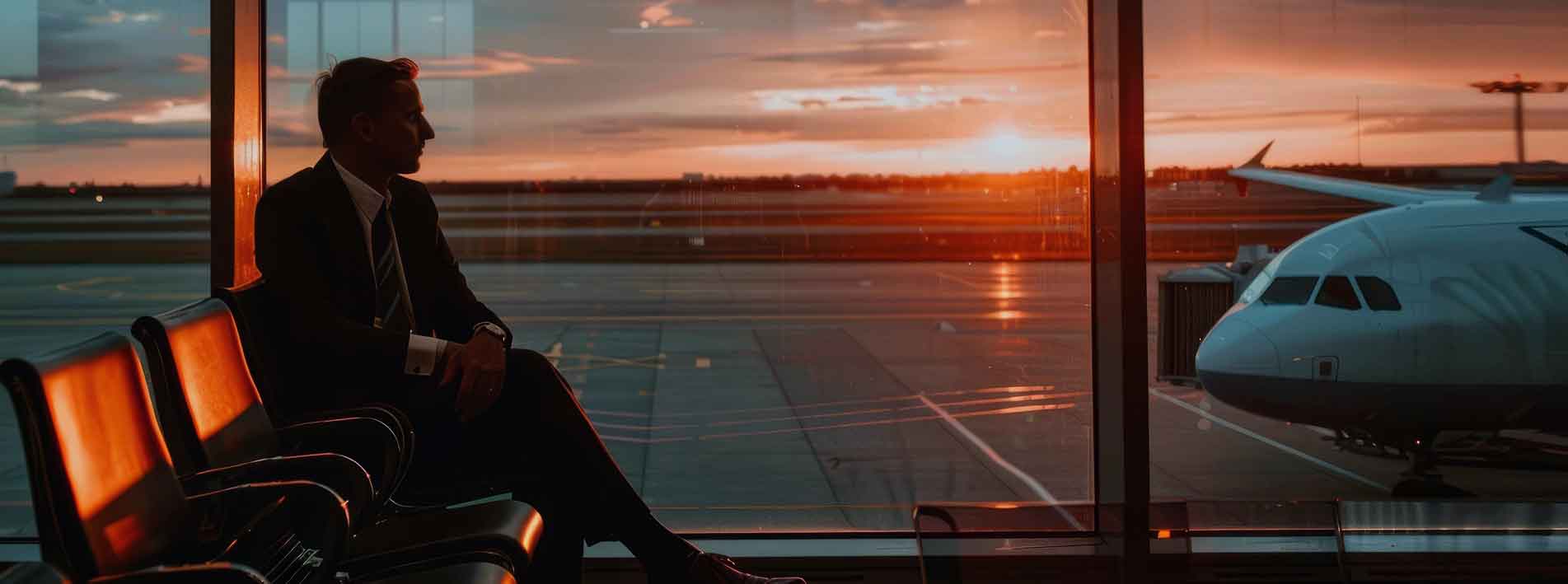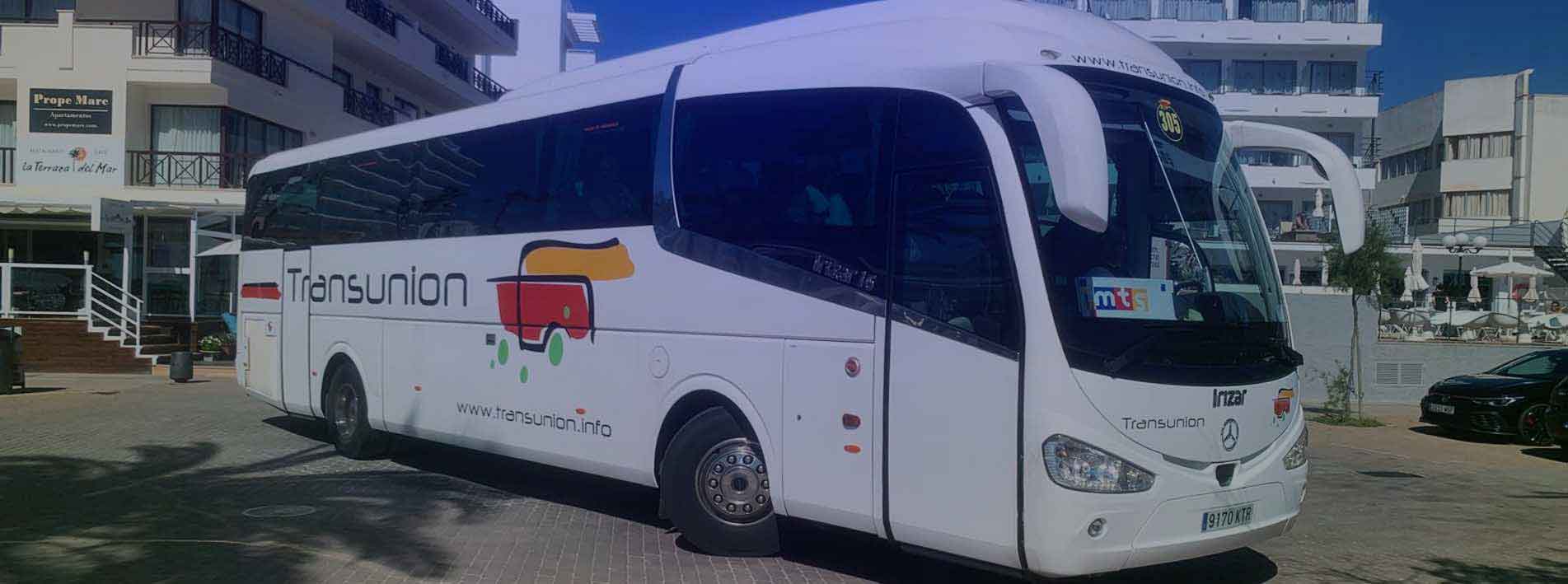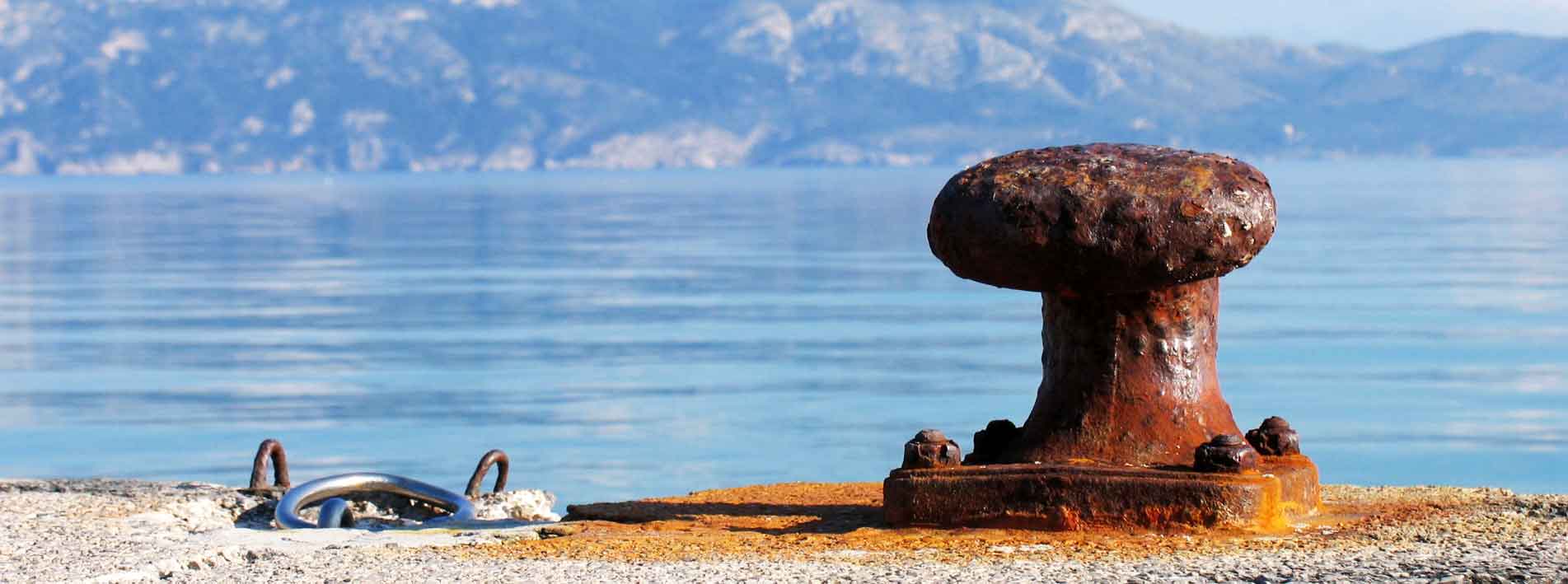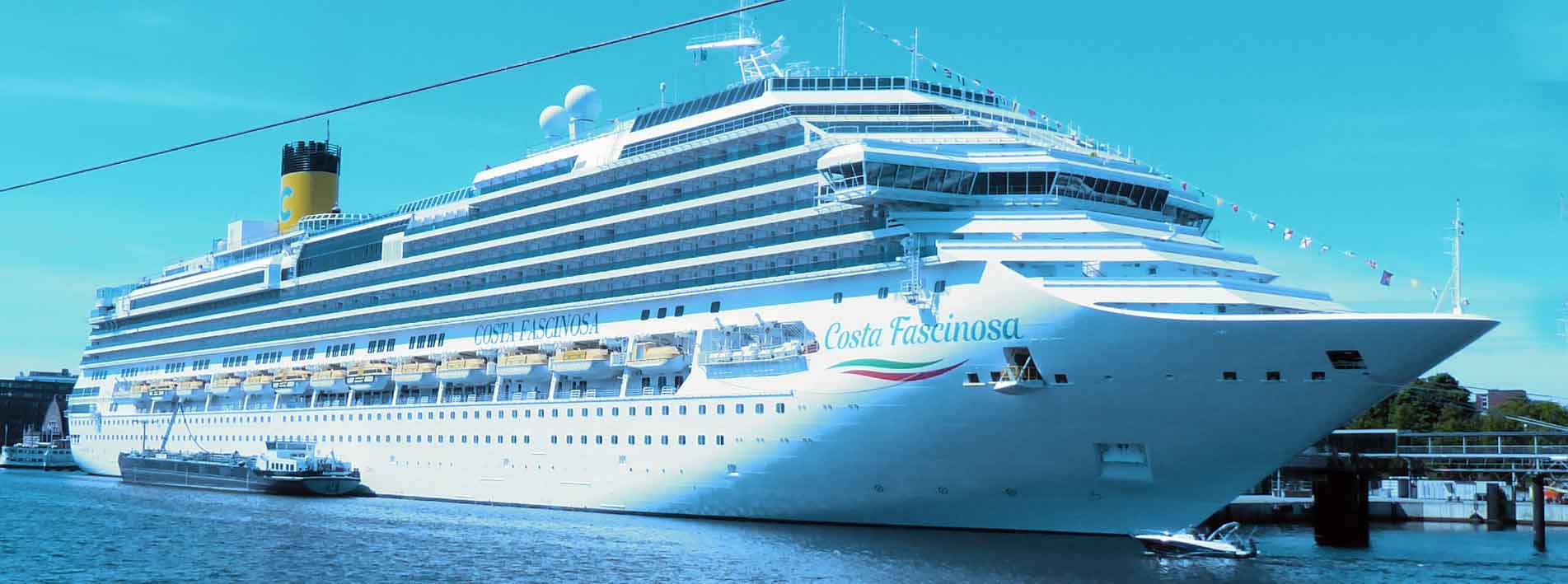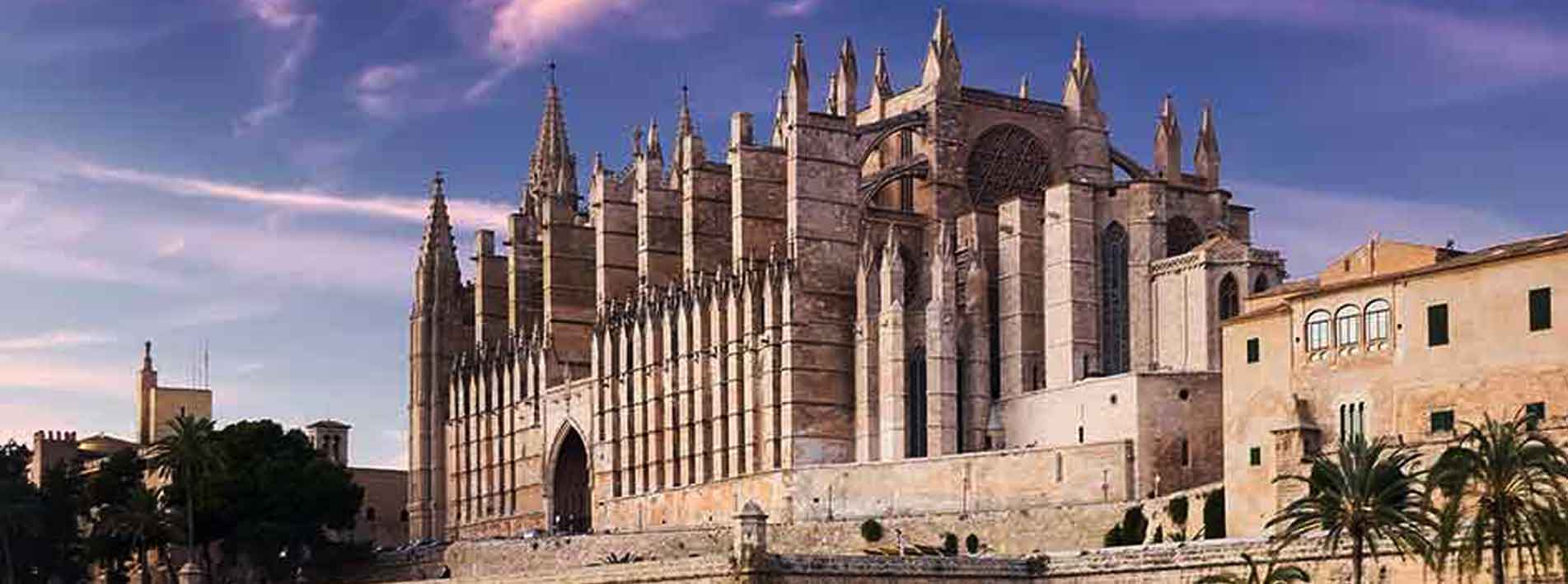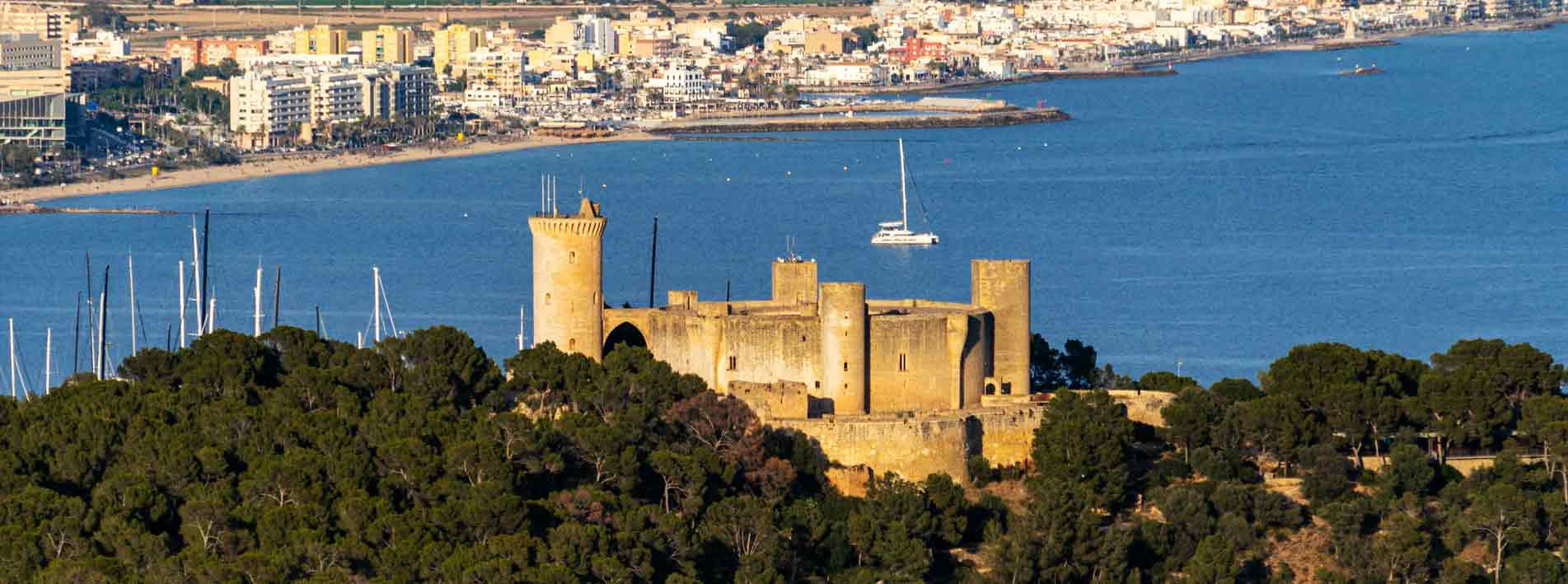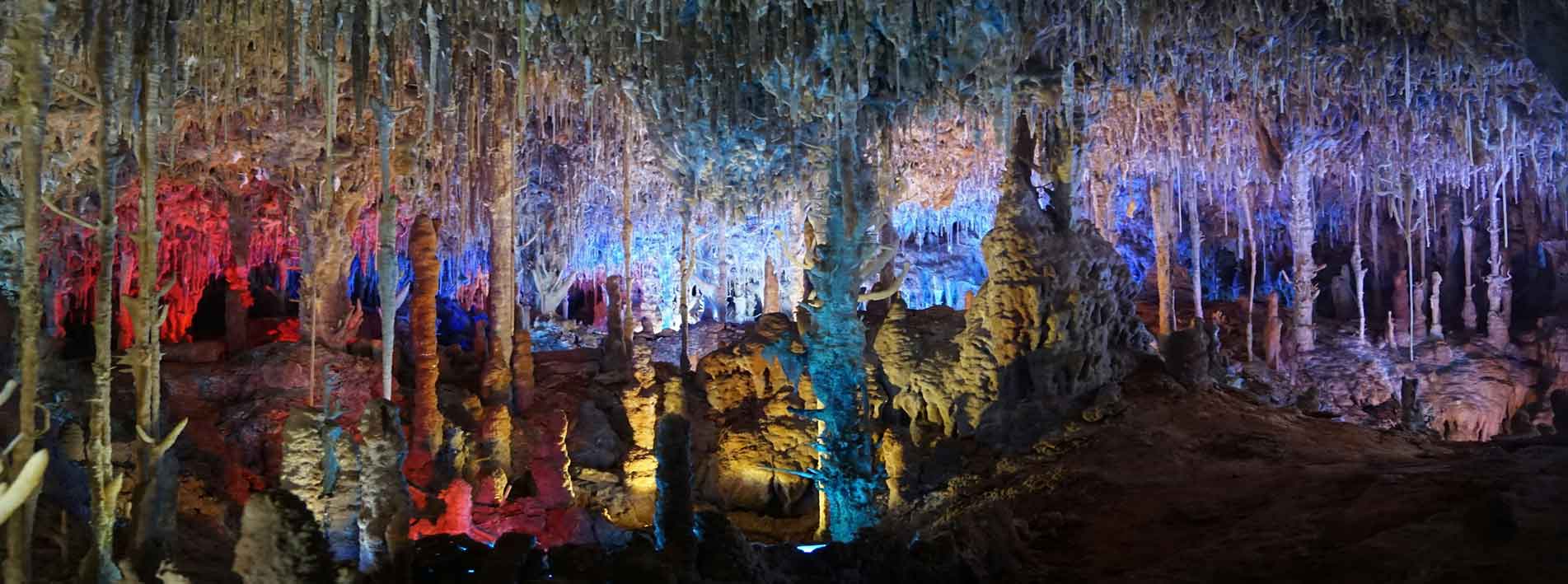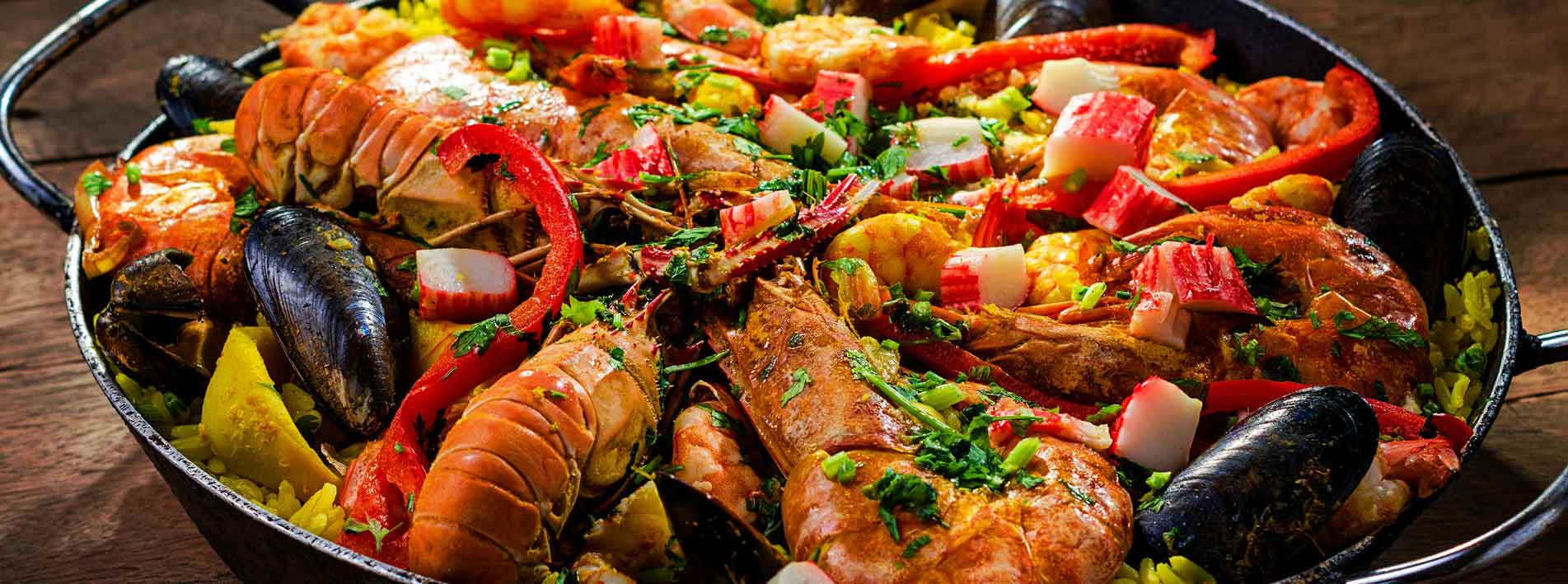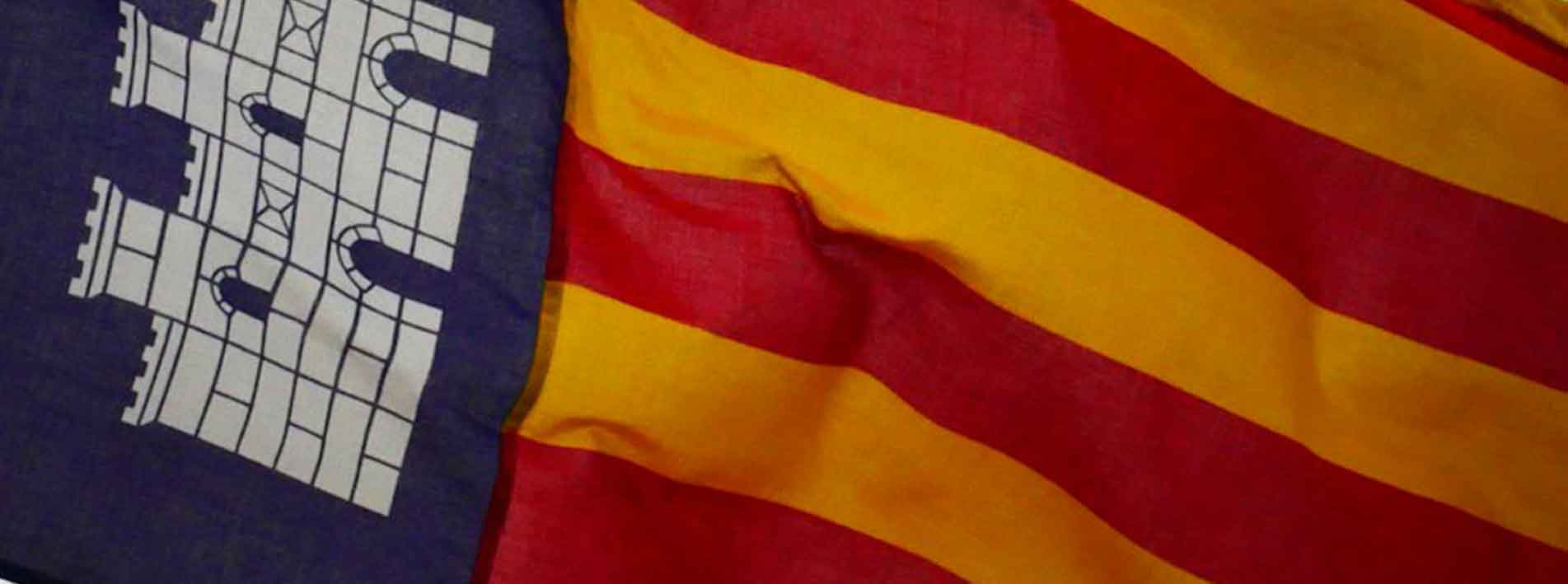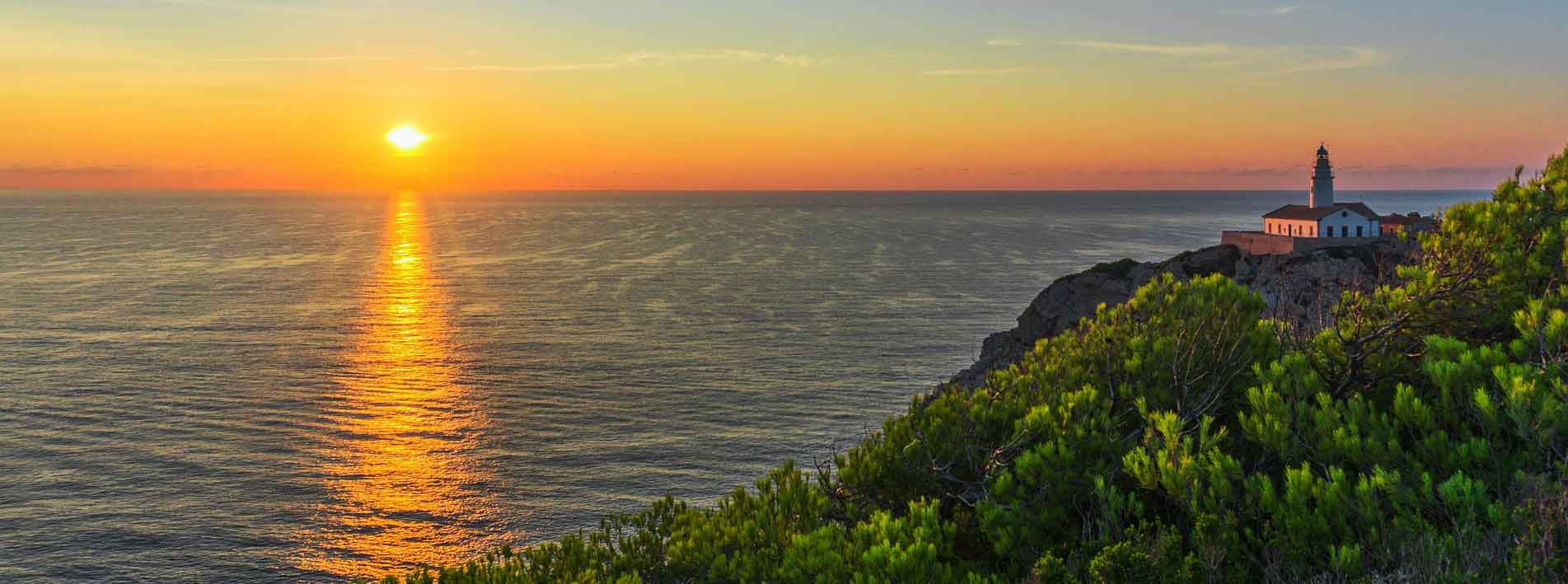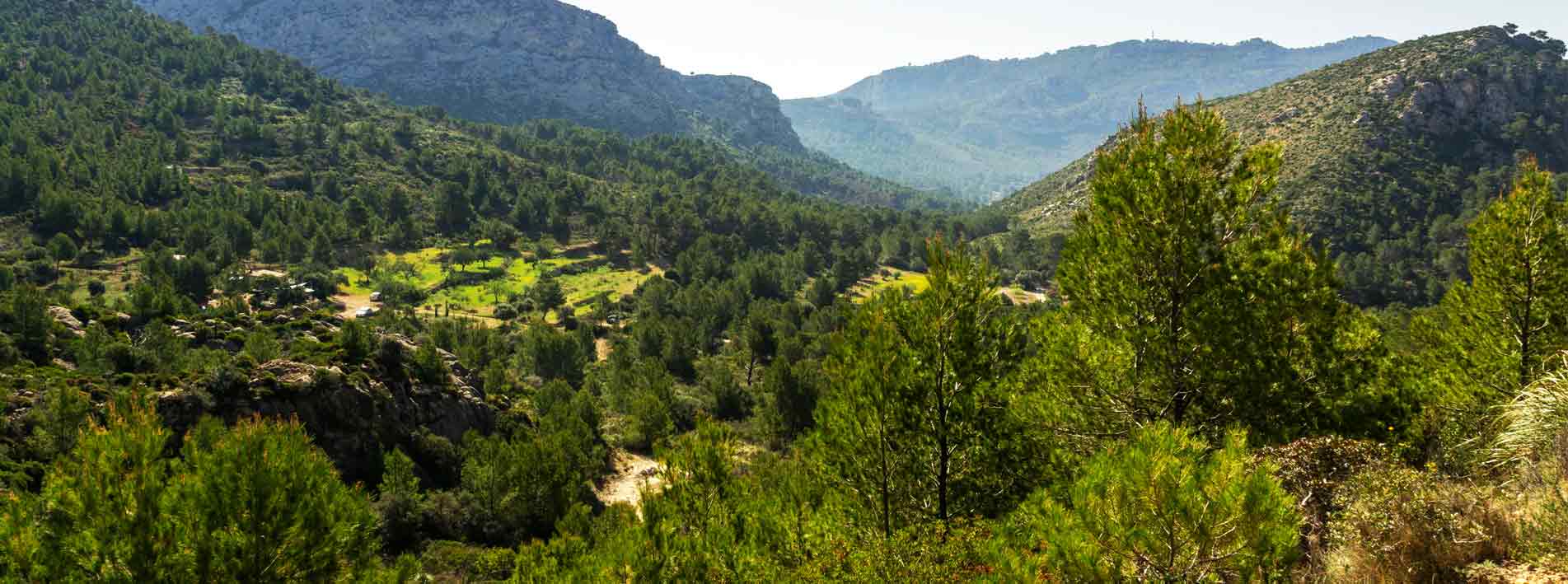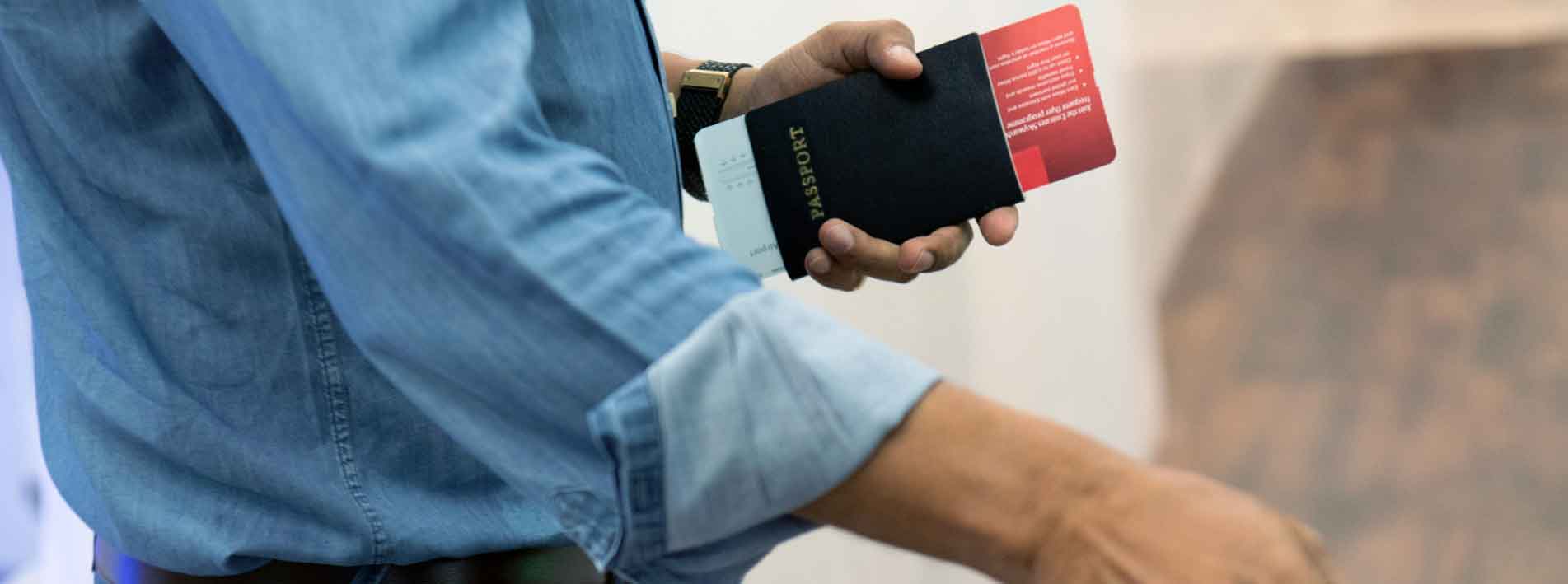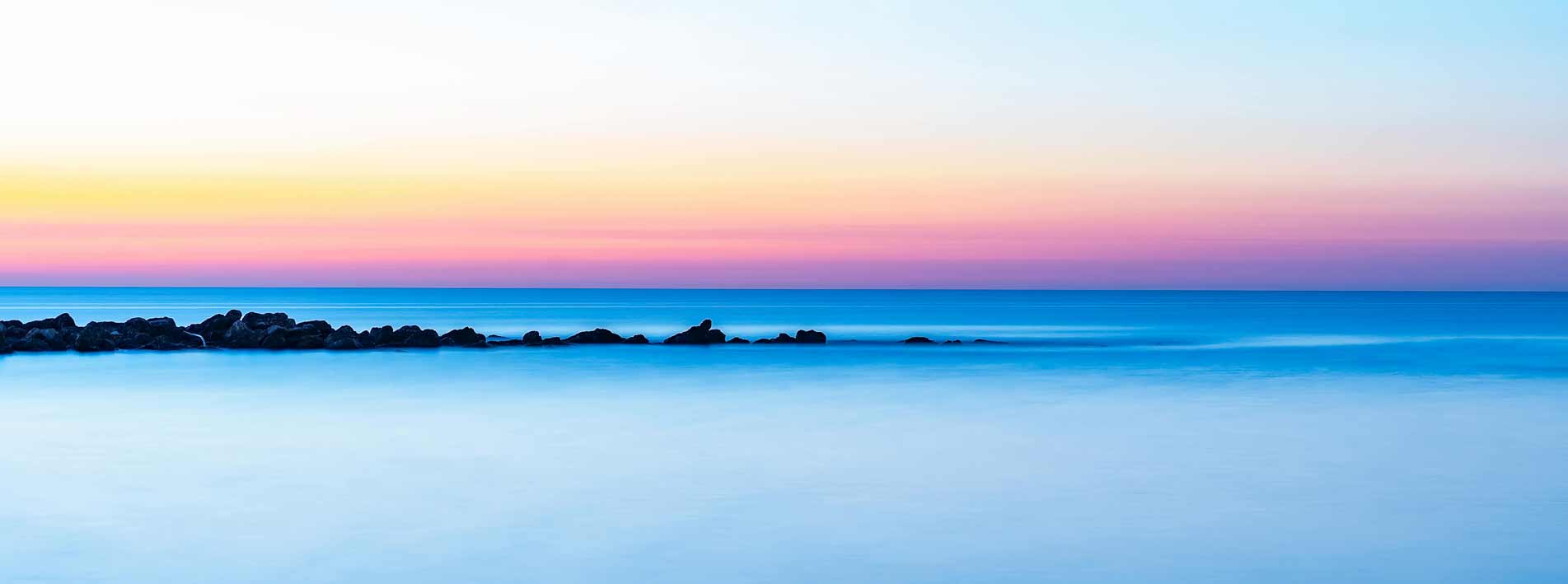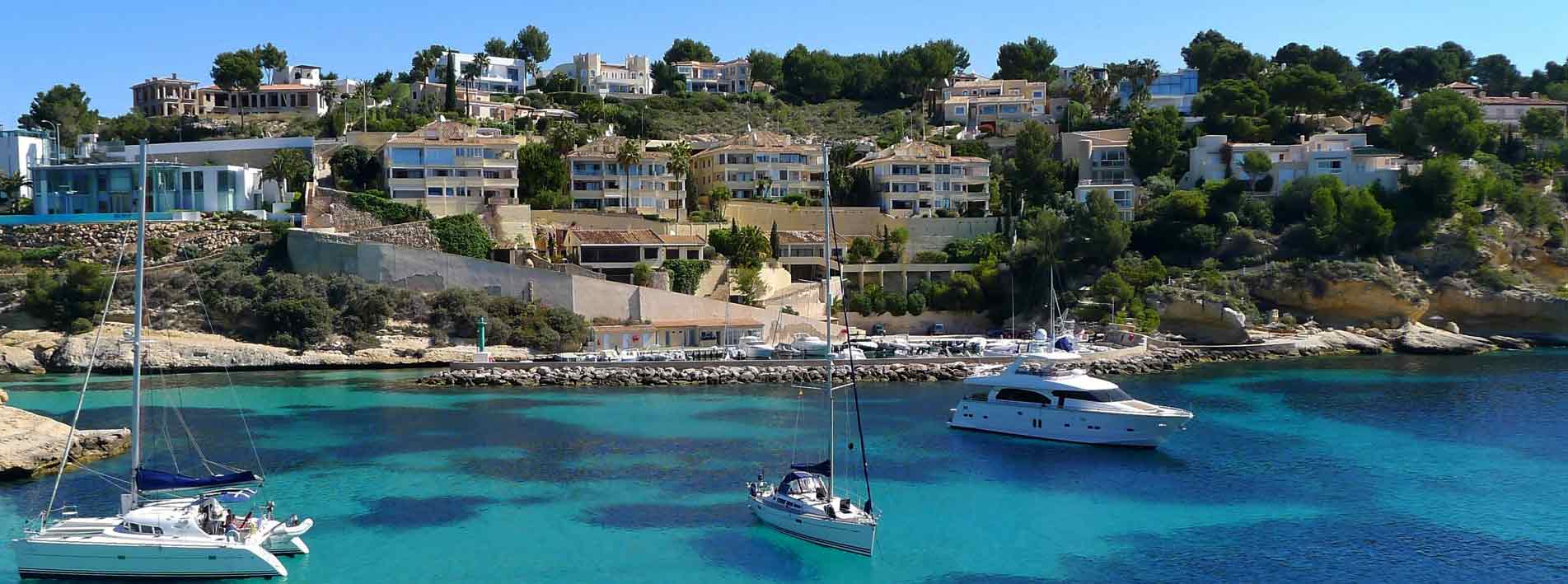History of Mallorca
Mallorca is the largest of the Balearic Islands (Autonomous Community of Spain). The history of Mallorca has been marked by the influence of various civilisations and this has meant that the island today has a very rich cultural heritage and an intense cultural life. We will now take on the difficult task of summarising the extensive and rich history of Mallorca:
Origin of the name Balearic Islands
The origin of the name ‘Balearic Islands’ is not Greek, as was assumed for some time, but Punic. Punic, or Carthaginian, was a Semitic language spoken in North Africa, southern Iberia and some Mediterranean islands in the area controlled by the ancient city of Carthage.
In the ancient Semitic language of the Phoenicians the verb ‘to throw or throw stones’ meant ‘yaroh’, and the noun ‘ba’ lé’ meant “those who perform the office of”. By matching both ideas we finally have the word: ‘ba’ lé yaroh’ which in the plural meant “masters of throwing”. Phonetically, the pronunciation of ba’ lé yaroh was very close to “balearic” in the ancient Canaanite language of the Phoenicians.
Etymological studies show, therefore, that the translation of the name Baleares finally derives from: ‘those who exercise the craft of throwing stones’. Thus, the final meaning of ‘Baleares’ would be something like ‘the masters of throwing’ to refer to the slingers of the Balearic Islands. It could therefore be concluded that ‘Baleares’ means ‘slingers’.
Prehistory of Mallorca: Settlement
There is no consensus on the history of Mallorca regarding the origin of the first inhabitants of the Balearic archipelago. The earliest human remains found on the island date from c. 3500-2150 BC, coinciding with the beginning of the Bronze Age on the mainland coasts. We know that the inhabitants based their subsistence on agriculture, livestock, bird hunting, fishing and mollusc gathering.
The first known inhabitants of the islands were the Balearic slingers. Their name comes from their expertise in the use of the sling. They were first known in the mid-4th century BC. We will talk about the Balearic slingers later on, when we refer to the ancient civilisations in the history of Mallorca.
History of Mallorca: Talayotic culture
amed after its characteristic stone towers called talayots, the emergence of the Talayotic culture in Mallorca dates back to 1300 BC and its origin corresponds to the beginning of the Iron Age in the western Mediterranean. The Talayotic culture was a warrior culture that lasted until long after the Roman domination of Mallorca.
Its emergence was a development of the Nabiform world and the profound economic and social transformations that resulted from it. According to archaeological evidence, the economic bases of Talayotic society revolved around the cultivation of cereals and livestock (goats and sheep) combined, to a lesser extent, with the breeding of pigs and cows.
Talayots are rustic megalithic constructions with circular or quadrangular-based towers, around which population groups settled on the islands of Mallorca and Menorca. The function of these buildings is not known with certainty, but in Mallorca there are still around 1,000 talayots that can be seen in different parts of the island.
Ancient civilisations in Mallorca
Mallorca is and has been, since its origins, a land of confluences. Its strategic position in the Mediterranean has helped it to become an inter-cultural meeting point and a centre of maritime trade. Greeks, Phoenicians, Carthaginians and Romans passed through the island and created the first stable settlements. Vandals, Moors and Spaniards also settled on the island for long periods of time. With more than 2,600 years of settlement on the island, each of these civilisations left their mark on Mallorca and have shaped what we know today as the culture of Mallorca.
History of Mallorca: The Balearic Slingers
The origin of the Balearic Slingers or Balearic Slingers is unknown, but it is known that they were a population group made up of indigenous people from the Balearic Islands who were socially organised around agriculture and livestock farming. Some vestiges of this period are the navetas, megalithic tombs and archaeological remains derived from religious rituals in burial mounds formed by gigantic stones. The navetas date from the end of 2500-850 BC).
The combat bravery of these island warriors made them famous soldiers and they served as mercenaries for various civilisations throughout the Mediterranean. During the post-Achaic period, the Balearic slingers served as mercenaries and were part of the Carthaginian and Roman troops. They even had a notable presence in Julius Caesar’s legions during his campaign in Gaul.
History of Mallorca: Phoenicians in Mallorca
Phoenician commercial expansion… or better still: the hegemony of Phoenician trade in the eastern Mediterranean, from the end of the 5th century to the 2nd century BC, is one of the most transcendental phenomena of this period. It was the practice of the Phoenicians to create numerous colonies on the coasts of the Mediterranean during their incursions. This meant that the Phoenicians left an important ethnic and cultural legacy throughout the region. The Balearic archipelago is one of these geographical spaces immersed in the Phoenician-Punic sphere of influence. And although to a greater extent the influence is exerted on Ibiza, Punic influence is also a significant reality on the islands of Mallorca and Menorca. Phoenician influence was present on the peninsula until 573 BC when Tyre, the Phoenician capital, fell into the hands of Nabudonossor, king of Babylon, and later in 537 BC it fell into the hands of the Persian Empire.
Greek trade with Mallorca
The Greeks arrived on the coasts of Mallorca and established trade relations with the local natives. Although the Greek presence in the Balearic Islands and their expansion towards the south seems to have been hindered by the important Phoenician commercial structure around the island of Ibiza, it is clear that during the 6th to 5th centuries BC, trade was relatively important – albeit sporadic – which does not suggest that it was an imperial and regular trade on the islands, as it seems to have been in certain areas of the eastern Iberian Peninsula.
History of Mallorca: Carthaginians in Mallorca
The Carthaginians, who held the dominant power in the western Mediterranean, tried unsuccessfully to settle in Mallorca, but were repulsed by the skilful Balearic slingers. Carthage was destined to become the great power of the Mediterranean, but it was unable to conquer Mallorca. On the other hand, it did manage to integrate the Balearic slingers into their respective armies in the campaigns against the Romans in the Punic Wars. The Balearic slingers were already fully integrated into their armies when the Carthaginians defeated the Greeks in Sicily in the 5th century BC.
Roman conquest of Mallorca
With the excuse of minimising the frequent pirate raids based on the islands, Quintus Caecilius Metellus, a Roman consul and military officer (the Balearicus), invaded the island of Mallorca in 121 BC. Rome’s interest in Mallorca was not only in its well-known policy of expansion. Rome’s domination of Mallorca also had important objectives: to incorporate the aggressive Balearic slingers into its armies; to have a sea route in its campaign towards Hispania and, above all, to break the hegemony of Phoenician trade in the eastern Mediterranean.
It took the Roman legions two years to subdue the islands. After the conquest, Metellus sent 3,000 repopulators from mainland Iberia and, in Roman style, founded two military camps in two strategic areas. The Romans settled at the mouth of the stream known today as ‘sa Riera’ (to found Palmeira or the city of Palma), in the area where the Almudaina palace stands today. They also founded the city of Pol-lèntia or Pollentia (near Alcudia) in the north of the island.
Furthermore, according to Pliny the Elder, the Romans also laid the foundations on the island to establish the settlements of Sínium (Sineu), Cunici (in Manacor) and Bocchoris (Boquer, Puerto de Pollensa). In this way, Mallorca, as part of the Balearic archipelago, became Romanised and by the 4th century it was already a Roman province in its own right. It was the Emperor Theodosius who united the Pitiusas with Mallorca and Menorca to form the Roman province of the Balearic Islands.
History of Mallorca: Vandal occupation of Mallorca
In 425, Rome fell and Mallorca was invaded and plundered by the Vandals, a Germanic people belonging to the tribes of the east. Commanded by Genseric, the Vandals carried out campaigns of plunder and harassment in the Balearic Islands, a strategic point for trade.
Indeed, the Vandal occupation of the Balearic Islands took place in 455 under the reign of Genseric, in an action in which other Mediterranean islands such as Sardinia, Corsica and Sicily were also conquered. Between 455 and 534 the Balearic Islands remained under Vandal control, forming part of the Regnum Vandalorum with its capital at Carthage. This domination continued in the history of Mallorca until the Emperor Justinian decided to rebuild the Roman Empire. His indefatigable general Belisarius defeated the Vandals in North Africa in 533 and retook the Balearic Islands a year later.
Byzantine rule in Mallorca
The Byzantine domination of the Balearic Islands began in 534, with the conquest by the Byzantine Empire of this part of the Vandal Kingdom, and ended at an uncertain date between the beginning of the 8th century and the beginning of the 10th century. Documentation on this period is very scarce, as are the known archaeological remains, so that historiographical assumptions abound.
Once Hilderic (the Vandal king allied with the Byzantine Empire) had been overthrown by Gelimer, Emperor Justinian I commissioned his general Belisarius (533) to conquer the Vandal Kingdom which, among other regions, included the islands of Sardinia, Corsica and the Balearic Islands, and a year later the conquest of the Balearic archipelago materialised.
From an administrative point of view, the Byzantines maintained the Vandal territorial structure of the Balearic Islands and the Balearic Islands remained part of the province of Sardinia, which in turn depended on the chiefdom of Africa.
With the death of Justinian in 565, the western Mediterranean territories experienced a period of decline and were exposed to constant risk. Shortly afterwards, the Arabs emerged as a new Mediterranean power, and between 633 and 645 the Byzantines definitively lost their possessions in Africa and even suffered the siege of Constantinople in 688. It is assumed that, in this context, Byzantine power was weakening in the Balearic Islands. For this reason, it can be assumed that the Byzantine power was weakening in the Balearic Islands.
First Muslim incursions into Mallorca
When the Muslims dominated North Africa at the beginning of the 8th century, the Balearic Islands were already an independent Christian enclave. The basilica of Son Peretó, a building for early Christian worship that was found in the archaeological site of the same name, proves that Christianity had already reached the island of Mallorca in the 4th century AD.
Before the Arabs finally imposed their rule on Mallorca, the island was raided and savagely plundered on several occasions until the island was conquered in the early 10th century by Isam el Jaulani (ca. 903). In 902 the islands were definitively incorporated into the Muslim dynasty of the Umayyad Caliphate of Córdoba.
History of Mallorca: Islamic Conquest of Mallorca
The Muslim conquest of Mallorca (902) began when a powerful man of the Amir of Córdoba, Isam al-Jaulani, travelled on his way to Mecca on pilgrimage with more ships. Faced with a great storm, the Amir and his retinue took refuge in Mallorca. He discovered an island he did not know and on his return from his pilgrimage he tried to find out more about it and to inform his lord, Amir Abd-Allah, of the defensive conditions and encouraged him to conquer it.
The Islamic conquest of Mallorca represented a break with the way the population and territory of Late Antiquity had been organised in Mallorca. The Islamic period had several phases on the island of Mallorca.
History of Mallorca: Islamic rule in Mallorca
The Muslim domination of Mallorca began in 902 and lasted more than three centuries, until the capture of Madîna Mayûrqa in 1229 by the troops of Jaume I the Conqueror (1208-1276). During this period in Mallorca’s history, the island remained in the hands of the Umayyad dynasty and experienced a period of great political stability, profound scientific and cultural development and economic growth.
In 903, Al-Jaulani was named the first Vali of the Balearic Islands and his rule during the period of splendour of Al-Andalus was notable for consolidating the archipelago as an important commercial centre in the western Mediterranean. During this period in Mallorca’s history, cultural and artistic life also flourished and Mallorca became a centre of exchange between East and West, between the Muslim and Christian worlds.
The Muslim domination of Mallorca between the 10th and 13th centuries led to great development on the island. The Arabs developed a rich irrigated agriculture in Mallorca; they built irrigation channels, fountains, canals and other reservoir systems. The countryside was divided into farmsteads run collectively by a family clan.
Madîna Mayûrqa: Muslim Palma
Isam al-Jaulani renamed the city of Palma Madîna Mayûrqa and built the Almudaina palace, the mosque and the public baths, among other architectural complexes. More than three centuries of Muslim rule meant that Palma de Mallorca experienced a period of splendour that can still be seen everywhere. During this period of Mallorcan history, craftsmen and merchants proliferated in the city’s main urban centres…
Madîna Mayûrqa, the Muslim city, was built around water and its urban core was structurally and formally moulded around this vital resource. This gave rise, for example, to a series of buildings that today form an important part of Mallorca’s rich and profound cultural and heritage legacy.
History of Mallorca: The Decline of al-Andalus
After a period of splendour, al-Andalus fell into crisis and dismembered, leaving it at the mercy of small Taifa kingdoms. In 1015, the island became dependent on the taifa of Denia (today’s País Valencià) until 1086, when the islanders took advantage of the crisis of the taifa of Denia to gain an illusory independence.
The lack of food increased the precariousness of life on the islands, whose inhabitants resorted to piracy as a desperate means of survival. In 1115, this uncontrolled situation led to a Pisan-Catalan crusade led by Ramon Berenguer III in retaliation for the pirate activities carried out from the island. This raid sacked and destroyed Medina Mayurca (the present-day city of Mallorca).
History of Mallorca: The Christian reconquest
The conquest of the island of Mallorca for the Christian kingdoms was definitively achieved by King James I of Aragon between 1229 and 1231. The city of Madîna Mayûrqa (present-day Palma de Mallorca) fell in December of the first year, although Muslim resistance in the mountains lasted two more years.
The new Christian kingdom of Mallorca was established by the Charter of Privileges and Franchises (1230), but in 1276 James I died and the Crown of Aragon fragmented. His eldest son Peter the Great was left in possession of the peninsular kingdoms (Aragon and Valencia) and the principality of Catalonia, while his youngest son, James II of Mallorca, was awarded the kingdom of Mallorca.
History of Mallorca: The Middle Ages
The Balearic Islands suffered a great economic and demographic decline during the Middle Ages. Palma, in particular, was devastated by one of the most virulent strains of the Black Death (1348 and 1384) that broke out during the Middle Ages, causing more than 5,000 deaths. In addition, during this period in Mallorca’s history, the islands suffered numerous attacks by Barbary pirates.
History of Mallorca: The Crown of Aragon
The period of Mallorca’s history as part of the Crown of Aragon was characterised by a constant social and economic regression. During its annexation to the Crown of Aragon until 1295, Mallorca experienced, for various reasons, an inevitable economic regression and the decline of its trade. Little remained of those times of mercantile splendour in which the city, known as the ‘Ciutat de les Mallorques’, was one of the most flourishing economic emporiums in the Mediterranean.
The discovery of the new world subjected the Balearic Islands to profound neglect by the peninsular authorities. To make matters worse, at the end of the 15th century, Mallorca was hit by another terrible plague epidemic (1493) called the ‘peste de’n Boga’, after a man with this nickname introduced it.
Spanish Civil War
The Spanish Civil War was triggered by the coup d’état of 17-18 July 1936, carried out by part of the army against the government of the Second Spanish Republic. The Spanish Civil War lasted until 1 April 1939.
In the days following the coup d’état, the workers of Palma tried to stop the coup plotters with a general strike, but the island was occupied and dominated by the rebel military side. Within a few hours Palma was taken by the military and with it fell practically the rest of the island,
The history of Mallorca during the Civil War was not very different from the rest of the country. There were no major military confrontations on the island, but it was characterised by the violent repression to which it was subjected, above all to guarantee the cover provided to the Italian Aviazione Legionaria, which established its geostrategic point of operations here during this period in Mallorca’s history. Mallorca thus became an authentic Italian military base.
History of Mallorca: Statute of Autonomy
With the death of the dictator Francisco Franco, Mallorca, as part of the Spanish state, began a period of ‘transition’ towards democracy. This period of democratic ‘transition’ began on 20 November 1975 and lasted until the approval of the Constitution on 6 December 1978.
In this context of Mallorca’s history, the Statute of Autonomy of the Balearic Islands was born, which, among other factors of a social nature, recognises that all people have the right to access vocational training and lifelong education and guarantees the right to prevention and health protection through a universal public health system.
In terms of the competences that concern the tourist potential of Mallorca, the Statute of Autonomy of the Balearic Islands, among other precepts, sets the guidelines for the establishment of a system of self-government and recognises the insularity of the territory of the Autonomous Community as a differential fact that deserves special protection. If you are interested, check out the travel guide to Mallorca.
Sources:
CervantesVirtual
Enciclopedia.cat
Ajuntament de Palma
Conselleria de Turisme, Cultura i Esports de Mallorca
University of the Balearic Islands
National Heritage
Official State Gazette-BOE

